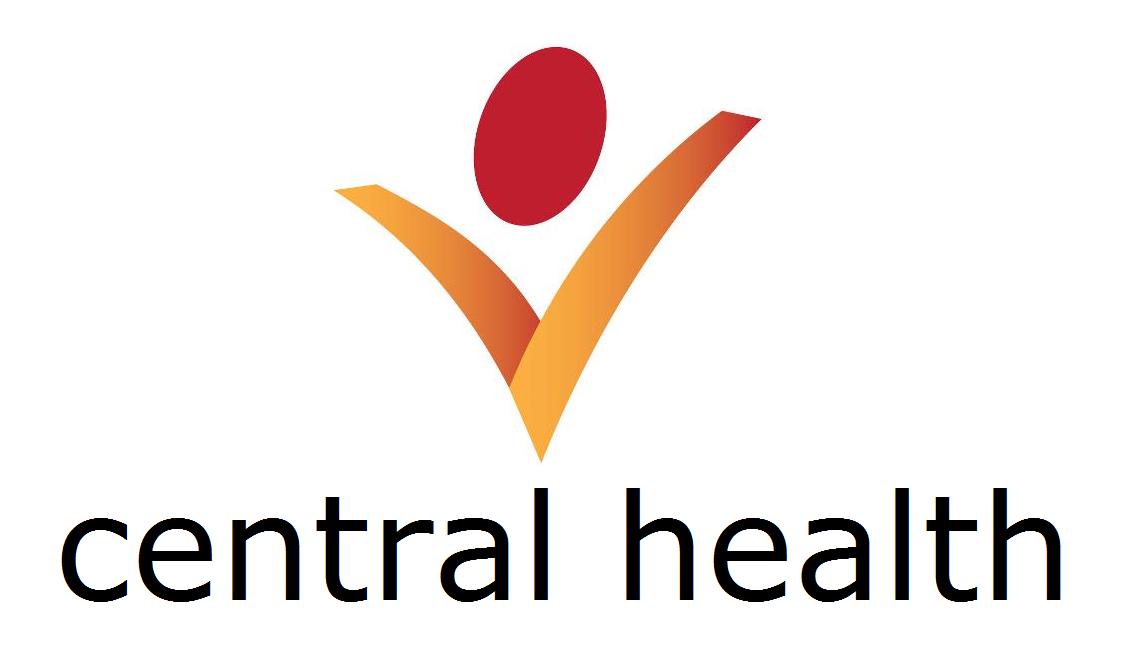child
Your Child's Developing Spine
During their first year child's spine will increase by 50% in size and continue to develop quickly until the age of five. From then on there is a steady and continual growth.
As they start to sit up, crawl and walk, they will experience a lot of jolts, bumps, trips and falls, all of which are unavoidable parts of growing up. They also are likely to experience lots of hurts and emotional upsets as well as chemical stresses from our environment and the food we eat.
Children are incredibly flexible and resilient. Their bodies usually recover quickly and easily from these stresses. Every now and then though, some can have longer lasting and significant effects on the health of your child. Tension builds over time in response to these stresses and children can naturally become less flexible.
During adolescence children go through a series of growth spurts until they reach adulthood. Like tooth decay, spinal problems can build up over time without you being aware of them. Many cases of spinal degeneration and other problems seeing in adults are the result of injuries that happened during childhood.
How can I tell my Child has spinal problems?
Unless a child has an obvious problem it can be difficult to recognise when your child's spine is not working correctly. There are some signs which can indicate spinal problems:
- disturbed sleeping patterns
- restricted head or neck movements
- one shoulder higher than another
Some common Childhood Disorders can also be linked with spinal dysfunction:
- recurrent ear infections
- persistent sore throats and colds
- asthma
- scoliosis
- headaches
- bed wetting and /or constipation
- growing pains
- learning and attention difficulties
One of the most common reasons for parents to seek chiropractic help for their child is physical trauma or injury of some sort. But regular chiropractic check-ups can identify potential spinal dysfunction, like subluxations and scoliosis.
Chiropractors use gentle effective techniques that they adapt specifically for children depending on their age, size and individual bodies. Having your child checked regularly, particularly during growing stages, will help their bodies develop to their best,

